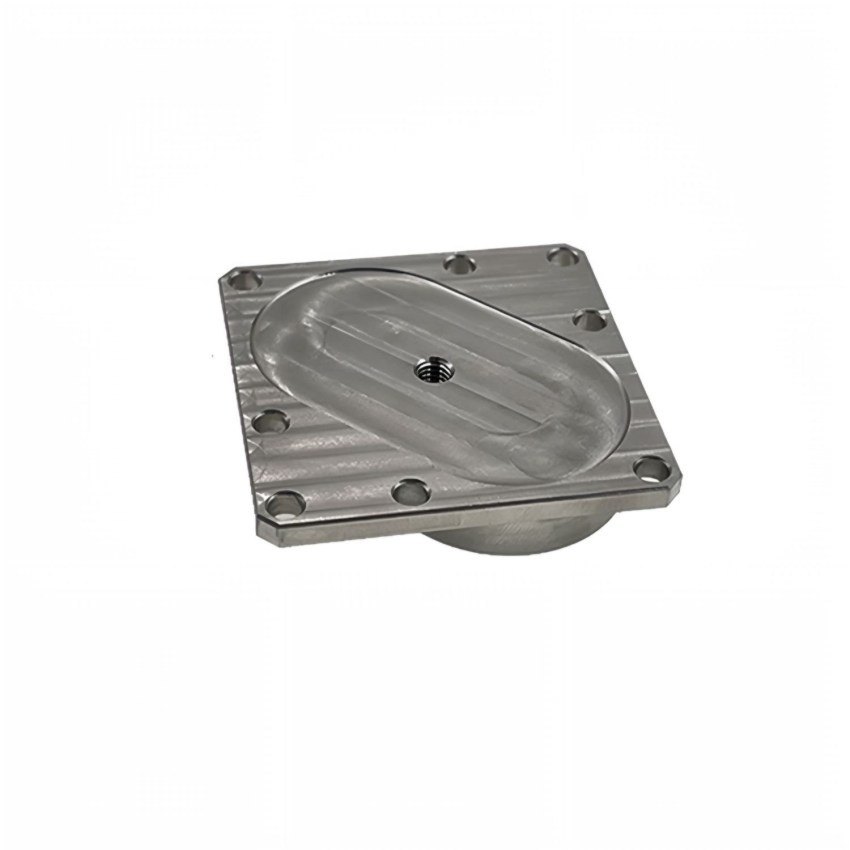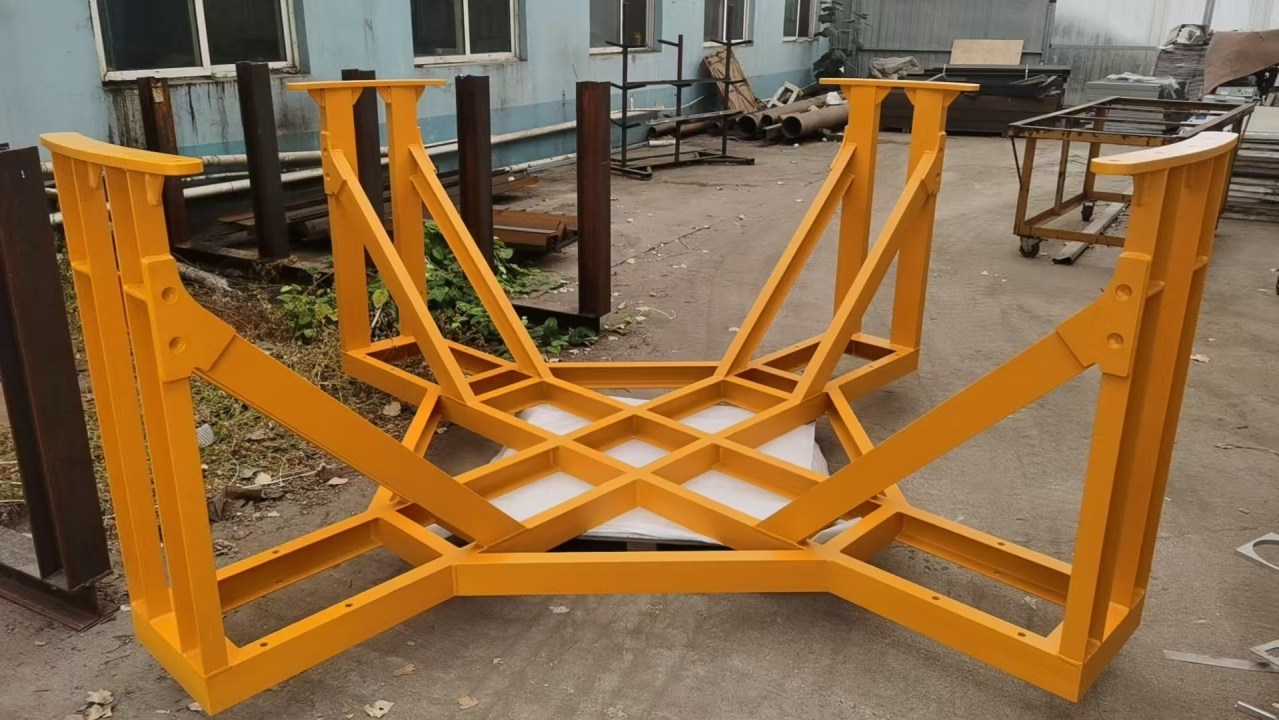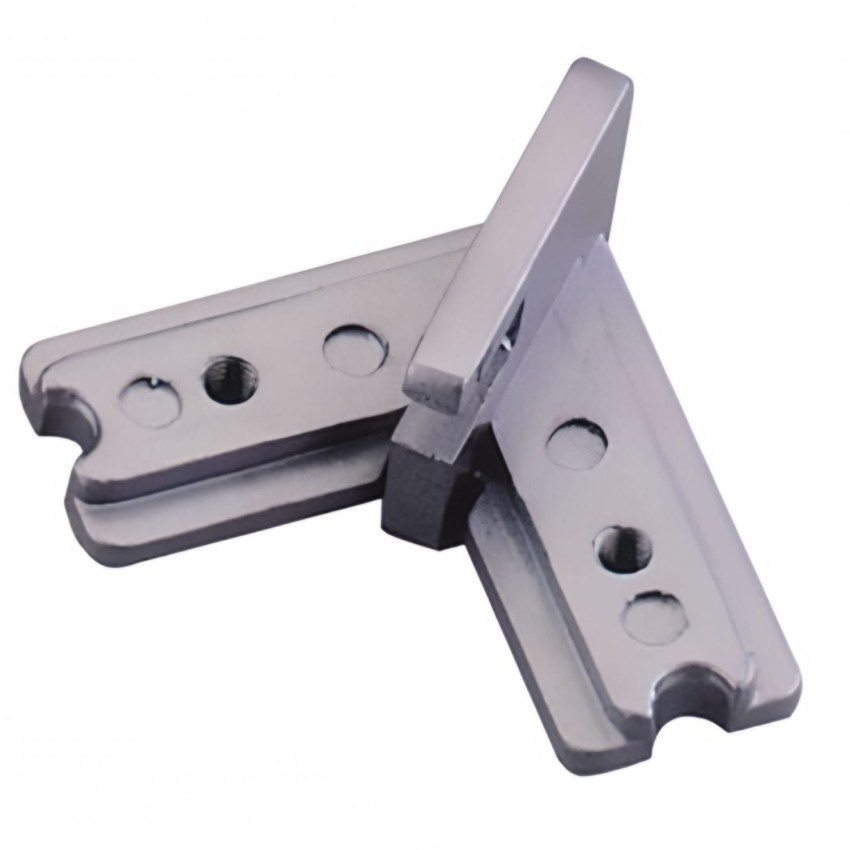Unlocking the Potential of Sheet Metal CNC: A Comprehensive Guide
Release time:
2025-07-29
Unlocking the Potential of Sheet Metal CNC: A Comprehensive Guide Table of Contents Introduction to Sheet Metal CNC Machining Understanding Sheet Metal CNC Technology Advantages of Sheet Metal CNC Machining Applications of Sheet Metal CNC in Various Industries Choosing the Right Sheet Metal CNC Machine Best Practices for Effective Sheet Metal CNC Machining Maintenance

Unlocking the Potential of Sheet Metal CNC: A Comprehensive Guide
Table of Contents
- Introduction to Sheet Metal CNC Machining
- Understanding Sheet Metal CNC Technology
- Advantages of Sheet Metal CNC Machining
- Applications of Sheet Metal CNC in Various Industries
- Choosing the Right Sheet Metal CNC Machine
- Best Practices for Effective Sheet Metal CNC Machining
- Maintenance and Troubleshooting of Sheet Metal CNC Machines
- Future Trends in Sheet Metal CNC Technology
- Conclusion
- Frequently Asked Questions (FAQs)
Introduction to Sheet Metal CNC Machining
In an era where precision and efficiency are paramount, Sheet Metal CNC machining emerges as a game changer in the manufacturing landscape. This advanced technology automates the cutting and shaping of sheet metal, enabling manufacturers to produce complex components with unparalleled accuracy. As industries evolve, understanding the full potential of Sheet Metal CNC is crucial for businesses looking to enhance their production capabilities and streamline their operations.
Understanding Sheet Metal CNC Technology
Sheet Metal CNC (Computer Numerical Control) refers to the use of computerized controls to manipulate tools and machinery to shape and cut sheet metal. This technology allows for the creation of intricate designs and parts, making it invaluable in sectors such as automotive, aerospace, electronics, and construction.
The Mechanics Behind Sheet Metal CNC
At its core, Sheet Metal CNC involves the integration of software, hardware, and the sheet metal itself. The process typically includes the following steps:
- Design: Utilizing CAD (Computer-Aided Design) software to create detailed 2D or 3D models.
- Programming: Converting these designs into G-code, which instructs the CNC machine on how to operate.
- Machining: The CNC machine executes the programmed commands, using tools such as lasers, plasma cutters, or punches to alter the sheet metal.
Advantages of Sheet Metal CNC Machining
The adoption of Sheet Metal CNC technology offers numerous advantages that enhance operational efficiency and product quality. Here are some key benefits:
1. Precision and Accuracy
One of the most significant advantages of Sheet Metal CNC machining is its ability to produce parts with exceptional accuracy. Unlike traditional methods, CNC machines operate on coded instructions, minimizing human error and ensuring that each component meets exact specifications.
2. Increased Production Speed
Sheet Metal CNC machines can operate continuously without the fatigue associated with manual labor. This capability leads to faster production cycles and higher output rates, which is crucial in today’s fast-paced manufacturing environment.
3. Versatility
These machines can handle various materials, including aluminum, stainless steel, and copper, making them suitable for a wide range of applications. The flexibility in processing multiple materials enhances their utility across different industries.
4. Cost Efficiency
Although the initial investment in CNC technology can be substantial, the long-term savings in labor costs, waste reduction, and improved production efficiency often make it a worthwhile investment. Manufacturers can reduce operational costs while increasing their profit margins.
5. Enhanced Safety
Automating the sheet metal fabrication process reduces the direct involvement of operators with hazardous machinery, thereby improving workplace safety. Advanced safety features in CNC machines also contribute to a safer working environment.
Applications of Sheet Metal CNC in Various Industries
Sheet Metal CNC machining plays a crucial role in various industries, each benefiting from its unique capabilities:
1. Automotive Industry
In the automotive sector, precision is critical. Sheet Metal CNC machines are employed to manufacture components such as brackets, panels, and frames that must meet stringent safety and performance standards.
2. Aerospace Industry
The aerospace industry demands high precision for components that are often subjected to extreme conditions. CNC machining produces lightweight yet durable parts essential for aircraft performance and safety.
3. Electronics Manufacturing
With the increasing miniaturization of electronic components, CNC machining is vital for fabricating intricate enclosures and support structures that house electronic devices.
4. Construction
In construction, Sheet Metal CNC is used to create HVAC ductwork, roofing systems, and structural components that require exact dimensions for optimal performance.
5. Medical Devices
The medical field also benefits from CNC machining for the production of specialized instruments and devices that require both precision and reliability.
Choosing the Right Sheet Metal CNC Machine
Selecting the appropriate Sheet Metal CNC machine involves considering several factors, including:
1. Type of Material
Different machines are designed to handle specific materials. Understanding the types of materials you will be working with is essential to make the right choice.
2. Complexity of Parts
Your choice should reflect the complexity of the designs you intend to produce. More advanced machines allow for intricate designs and higher tolerances.
3. Budget Constraints
Investing in CNC technology can be a significant financial commitment. It’s essential to weigh the capabilities of the machine against your budget and long-term operational needs.
4. Production Volume
Consider whether the machine will be used for low-volume prototypes or high-volume production runs, as this will influence the type of machine required.
Best Practices for Effective Sheet Metal CNC Machining
To maximize the benefits of Sheet Metal CNC machining, manufacturers should follow these best practices:
1. Regular Training for Operators
Ensuring that operators are adequately trained on the latest CNC technology and software is essential for maintaining productivity and quality standards.
2. Conducting Routine Maintenance
Regular maintenance checks are crucial to prevent machine breakdowns and prolong the equipment's lifespan. Establishing a maintenance schedule can help identify potential issues before they escalate.
3. Optimizing Tooling and Setup
Using the right tooling for specific materials and applications can significantly impact machining efficiency. Ensuring that setups are optimized for each task can lead to improved accuracy and reduced waste.
4. Implementing Quality Control Measures
Incorporating quality control checks throughout the production process can help identify defects early, ensuring that only high-quality parts reach the final assembly.
Maintenance and Troubleshooting of Sheet Metal CNC Machines
Proper maintenance and troubleshooting are critical for the longevity and performance of Sheet Metal CNC machines. Here are key considerations:
1. Basic Maintenance Practices
Routine maintenance includes cleaning the machine, lubricating moving parts, and checking the electrical systems. Regularly replacing worn parts can also prevent more significant issues down the line.
2. Troubleshooting Common Issues
Common problems such as inconsistent cut quality or unexpected machine stops can often be resolved with simple troubleshooting techniques, including recalibrating the machine or checking for mechanical blockages.
3. Seeking Professional Support
When facing more complex issues, consulting with experts or the machine manufacturer can provide solutions that ensure optimal machine performance.
Future Trends in Sheet Metal CNC Technology
The future of Sheet Metal CNC machining looks promising, with several emerging trends shaping its evolution:
1. Integration of AI and Machine Learning
Artificial Intelligence (AI) and machine learning are becoming integral in optimizing CNC processes, allowing machines to adapt to different operational conditions and improve efficiency.
2. Increased Automation
Greater automation in CNC machines will enhance productivity and reduce the need for manual intervention, further streamlining the manufacturing process.
3. Focus on Sustainability
As industries strive for sustainability, CNC machining technologies will evolve to incorporate greener practices, such as reducing material waste and energy consumption.
4. Advancements in Material Science
Innovations in material science will lead to new alloys and composites being used in CNC machining, expanding the applications and benefits of Sheet Metal CNC technologies.
Conclusion
Sheet Metal CNC machining has revolutionized the manufacturing industry, offering unmatched precision, versatility, and efficiency. By understanding its potential and embracing best practices, businesses can unlock significant benefits, positioning themselves for success in a competitive marketplace. As technology continues to advance, staying informed about trends and innovations will ensure that manufacturers maximize their investment in CNC technology and remain at the forefront of their industries.
Frequently Asked Questions (FAQs)
1. What materials can be processed using Sheet Metal CNC?
Sheet Metal CNC machines can process a variety of materials, including aluminum, stainless steel, copper, and more, making them versatile for different applications.
2. How does CNC machining compare to traditional manufacturing methods?
CNC machining offers greater precision, speed, and efficiency compared to traditional methods, leading to higher quality parts and reduced operational costs.
3. What are the initial costs associated with investing in Sheet Metal CNC technology?
The initial costs can vary widely based on the machine's capabilities, brand, and features. It's essential to assess your specific needs and budget before making a decision.
4. How can I ensure the quality of parts produced with CNC machining?
Implementing quality control measures throughout the manufacturing process, including regular inspections and testing, can help ensure that parts meet the required specifications.
5. What maintenance is required for Sheet Metal CNC machines?
Routine maintenance includes cleaning, lubricating, and inspecting the machine for wear and tear. Regular checks can prevent breakdowns and extend the machine's lifespan.
Key words:





